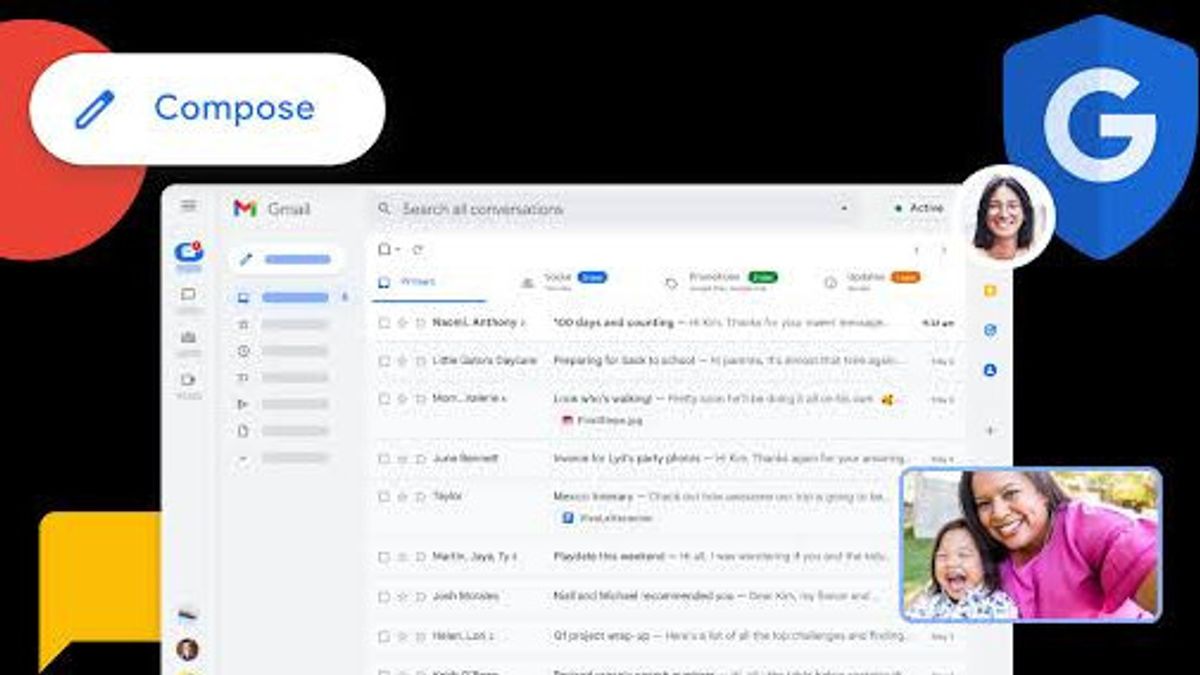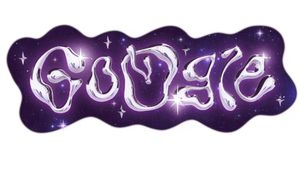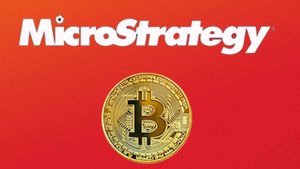JAKARTA - Google is now expanding the beta test of the client-side encryption feature (CSE). This feature allows clients to store sensitive data and attachments that cannot be read by anyone, even by Google.
Although it is still available in beta, Google says eligible Google Workspace Enterprise Plus, Education Plus, and Education Standard users can try out the beta version until January 20, 2023.
This means that users cannot try it if they use low-level personal accounts, companies, businesses, education, or G Suites. By activating the client-side encryption feature, users will be in control of encryption keys and identity services to access the key.
"Using client-side encryption on Gmail ensures sensitive data on email bodies and attachments cannot be read by Google servers. Customers are in control of encryption keys and identity services to access these keys," Google said in its official blog.
Those who use this feature will have additional options when using the web version of Gmail. They can choose to enable additional encryption for the message by clicking the lock icon, although some features will not be active, including the ability to use emojis, signatures, and Smart Compose.
Google says client-side encryption will be added to the Gmail app for Android and iOS in the upcoming release. User capabilities to encrypt messages will be managed by their administrators (who, in many cases, are the companies where they work), this feature is not limited to just communications inside the office.
Users will be able to send encrypted emails outside of their domains, and even to people who use clients or other email providers, such as Microsoft or Apple.
Launching The Verge, Saturday, December 17, Google spokesman Ross Richendrfer explained, this is because the client-side encryption for Gmail is built on S/MIME, the existing standard for email.
For your information, Google has been working to add more encryption to Gmail for a long time. In 2014, there were reports they developed end-to-end encryption for its services.
It should be noted that CLient-side encryption is not the same as end-to-end encryption, Google's application of client-side encryption gives administrators control over keys and they can monitor users' encrypted files.
While end-to-end encryption, encryption and decryption always occur on source and destination devices (as on mobile phones for instant messages). The encryption key is made in clients, so as administrators, they have no control over the keys in clients and who can use them. In addition, administrators do not have the visibility to which content the user has encrypted.
Gmail is not the only Google Workspace product with client side encryption. The feature was added to Drive last year when Google launched an updated company offering, business users can encrypt documents and spreadsheets. Since then, Meet has also been present and is currently in beta for Calendar.
The English, Chinese, Japanese, Arabic, and French versions are automatically generated by the AI. So there may still be inaccuracies in translating, please always see Indonesian as our main language. (system supported by DigitalSiber.id)









